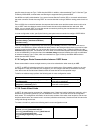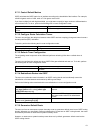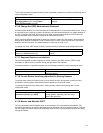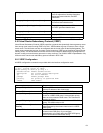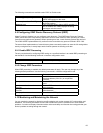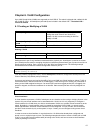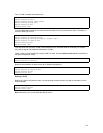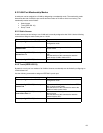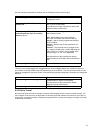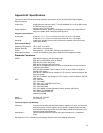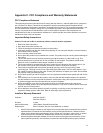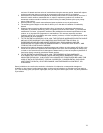
68
First, a VLAN is created and named tester.
Router# configure terminal
Router(config)# vlan 2
Router(config-vlan)# name tester
Router(config-vlan)# exit
Router(config)# exit
Router# show vlan
From the show vlan command, the new VLAN will be listed, but will not yet be active. Next, a switchport is
chosen to belong to VLAN 2.
Router# configure terminal
Router(config)# interface eth9
Router(config-if-eth9)# switchport access vlan 2
Router(config-if-eth9)# exit
Router(config)# exit
Router# show vlan
From the show vlan command, VLAN 2 will be listed as active, with eth9 listed as a member port. Repeat
the previous step to add additional switchports to VLAN 2.
Finally, create a virtual interface by binding VLAN 2 to veth2. Use the interface veth2 vlan 2 command from
the global configuration mode.
Router(config)# interface veth2 vlan 2
Router(config-if-veth2)#
Now this virtual interface is ready to have an IP address assigned to it.
Router(config-if-veth2)# ip address 192.168.123.254/24
Router(config-if-veth2)# exit
Router(config)# exit
Router# write file
Deleting a VLAN
Beginning in global configuration mode, use the following example to delete a VLAN on the switch (VLAN 2
in this example):
Router(config)# no vlan 2
Router(config)# exit
Router# show vlan
Note:
Remember, you cannot delete the default VLAN 1.



